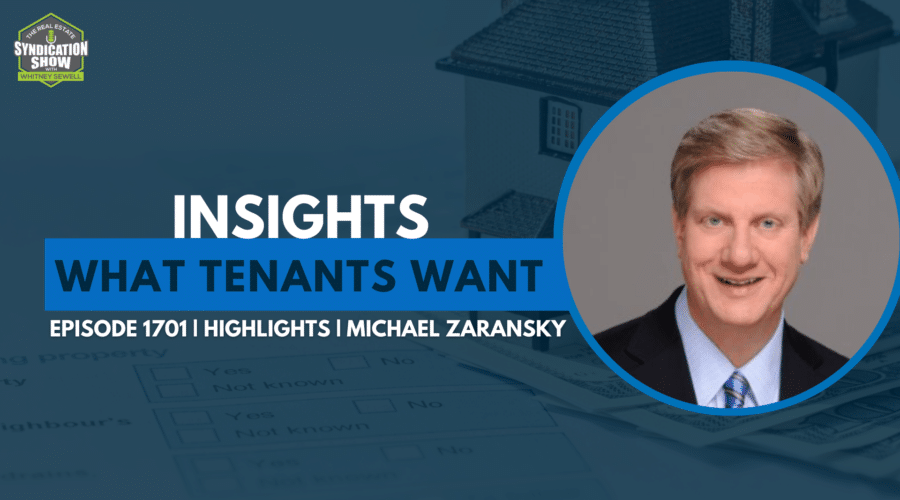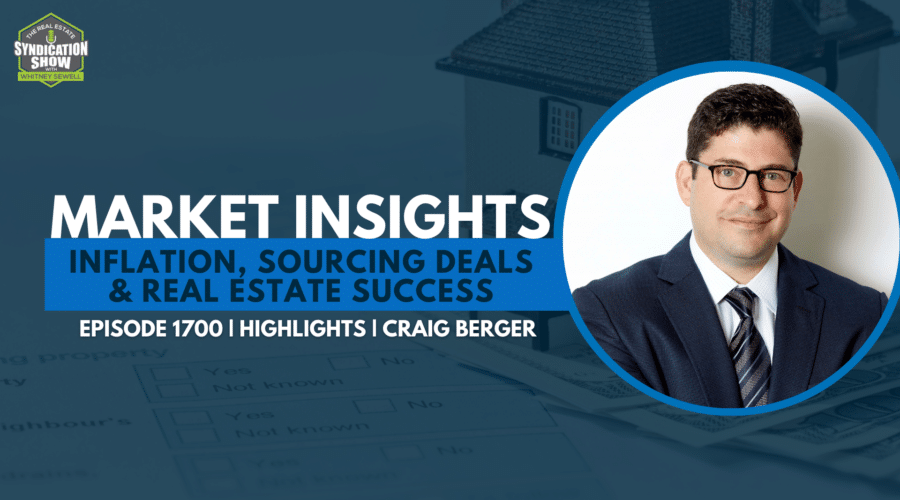Real estate transactions conducted under Section 1031 of the Internal Revenue Code are the building blocks for real estate success, big or small. Read on to learn about the pros and cons of 1031 exchanges.
Life Bridge Capital is a leading real estate syndication company. We offer our investment partners the opportunity to leverage shares of multifamily rental properties into a passive monthly income. Learn More
What is a 1031 Exchange?
Typically, dispositions of real property are taxable in the year in which the property is sold. Selling an investment property usually comes with a hefty tax bill of 15-to-20 percent of the capital gains. A 1031 exchange allows investors to defer those taxes by purchasing a new property of a “like kind.”
Specifically, the Internal Revenue Code states:
“No gain or loss shall be recognized on the exchange of real property held for productive use in a trade or business or for investment if such real property is exchanged solely for real property of like kind which is to be held either for productive use in a trade or business or for investment.”
During a 1031 exchange, the funds from the previous property sale are all funneled into the purchase of a new property. In this section of the tax code, “like” does not mean identical, so savvy investors conduct 1031 exchanges to upgrade properties continually while deferring tax.
Pros of 1031 Exchanges
Successful 1031 exchanges are essential for creating and growing wealth because they keep more money in the investor’s pocket for future deals. Here are some of the key benefits:
Maximize Cash for Leveraging
The most compelling case for ensuring a transaction complies with Section 1031 is that it frees up more cash for future leveraging, which can translate to nearly exponential earning potential.
In just a modest example, someone may save $30,000 in deferred capital gains taxes after selling a property at a $200,000 profit. If the next project has a loan-to-value ratio of 80 percent, that $30,000 paid in taxes would lower the buying power by $150,000.
As the capital gains increase with each transaction, so too is the money kept in the pocket by deferring them. It’s important to note that Section 1031 allows for the exchange to be for multiple properties rather than a single property as well!
Unlimited Deferments
Ideally, investors repeat the 1031 exchange process repeatedly to continue deferring the capital gains taxes. There is no limit on the number of times an investor can repeat the cycle of selling an investment property and then using the funds to purchase a new property of a like-kind.
Taxes Erased Upon Death
After completing the unlimited exchanges and tax deferments, investors can ultimately pass the property to their heirs upon death. The heirs inherit it on a stepped-up basis, meaning the value is readjusted for the higher market value at that time. The readjustment of value effectively erases the deferred capital gains taxes accumulated by the decedent’s many 1031 exchanges before death.
Cons of 1031 Exchanges
The downsides of a 1031 exchange are few but worth noting. The primary point against sheltering capital gains is the challenge of completing the qualified purchase of replacement property (or properties). Like many other tax issues, Section 1031 is complex. The restrictions detailed therein can be challenging to meet, and the penalties are stiff for failing to comply fully. Here are some cons of 1031 exchanges to consider:
Exchange Restrictions
Perhaps the most trying part of executing a 1031 exchange is the timeline for identifying potential replacement properties and completing the exchange. Investors can identify up to three properties for the potential exchange, but they must be identified within 45 days of selling the previous one. Then, the investor must purchase one of those three properties within 180 days of selling the former property.
The IRS rarely provides extensions, and failure to execute either step results in a failed exchange. In that scenario, the total tax bill will be due on the capital gains of the previous property.
Future Tax Bill
When starting the 1031 exchange cycle, investors must be aware that the potential for a hefty tax bill looms ahead. The section merely provides for deferral—not forgiveness—of the capital gains tax. If an exchange does not occur, the deferral ends with the disposition of the replacement property. This means that should the owner decide to cash out completely, the taxman comes calling.
When contemplating the check to the IRS, keep in mind that the rate upon which all the capital gains will be taxed is not yet known. If the capital gains rate decreases, then the investor may have a pleasant surprise. But, of course, the rate can also increase.
Final Thoughts
1031 exchanges are actions that can make tremendous differences in wealth if taken with proper planning. Even one successful exchange is an excellent tax saving, but multiple exchanges throughout a lifetime can help to build a real estate empire.
Life Bridge Capital is a leading real estate syndication company. We offer our investment partners the opportunity to leverage shares of multifamily rental properties into a passive monthly income. Learn More



